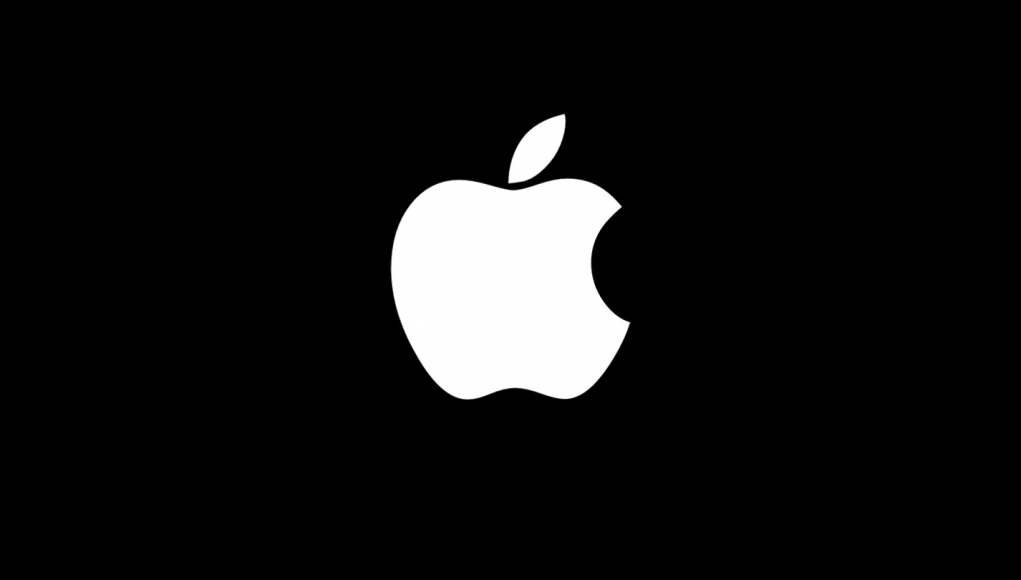Apple has acquired Akonia Holographics, a startup focused on holographic display and storage technology. The move is the latest development in a years-long string of acquisitions, patents, and hirings by the company focused on augmented and virtual reality technology
The acquisition of Akonia Holographics was confirmed to Reuters by Apple, though the tight-lipped company had nothing to share regarding the purpose of the acquisition.
Founded in 2012, Colorado-based Akonia Holographics claims to have 200 patents focused on holography, specifically pertaining to storage and optics. The company says their ‘HoloMirror’ technology “[uses] a fundamentally different approach than thin holography or surface relief gratings, [allowing for] for dramatically higher performance than any holographic element in the past.” VentureBeat reported back in 2016 that the company was at the time targeting a 60 degree field of view for its AR optics, which is claims are the “thinnest full-color head worn display optic possible today.”
The company previously raised $11.6 million in venture capital back in 2012, according to Crunchbase. According to the company’s website, they were “actively seeking funding for a Series A investment” prior to the acquisition news.
Akonia Holographics is the latest move in a years-long string of Apple acquisitions, patents, and hirings focused on augmented and virtual reality technology. Late last year the company reportedly acquired VR headset startup Vrvana.
Still, the company has yet to officially announced that it has plans to launch an AR or VR headset, despite their work on handheld AR on iOS devices, and regular allusions to head-worn AR as an area of focus for the company. Back in April, a CNET report indicated that Apple is working on a combined AR/VR headset with an 8K per-eye resolution and a 2020 launch target.







